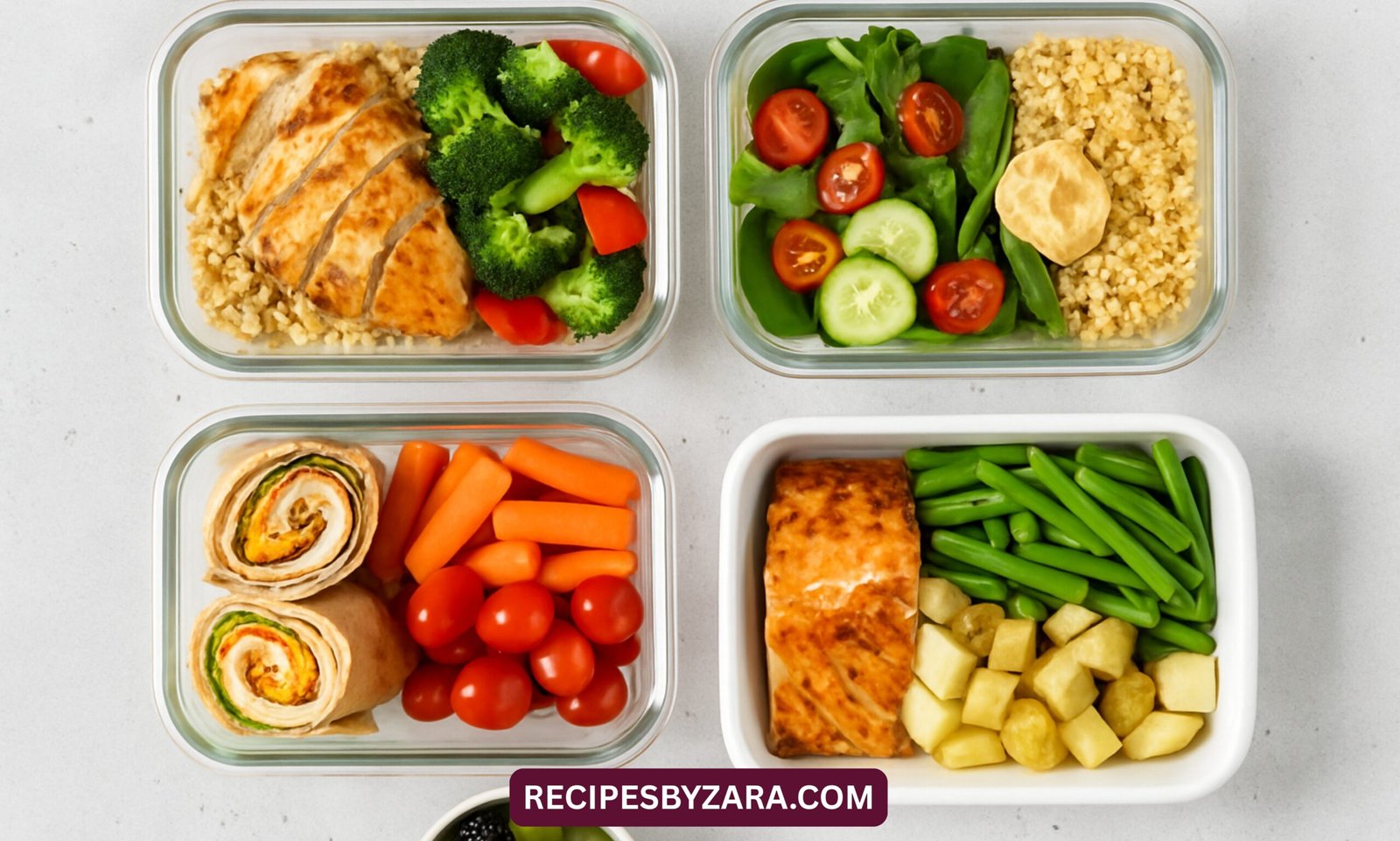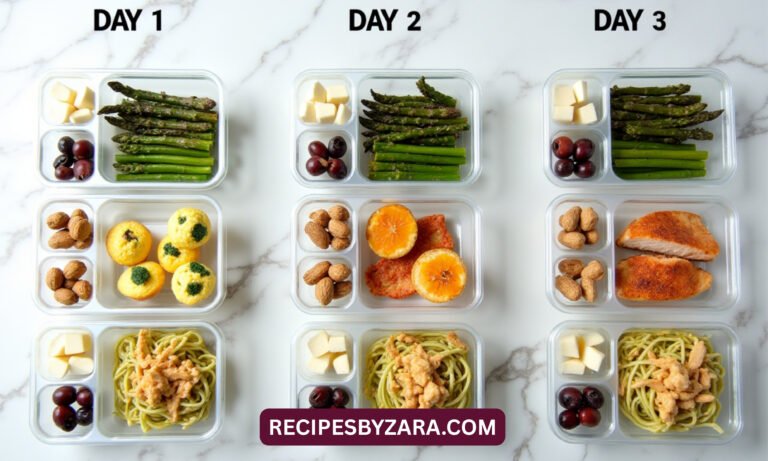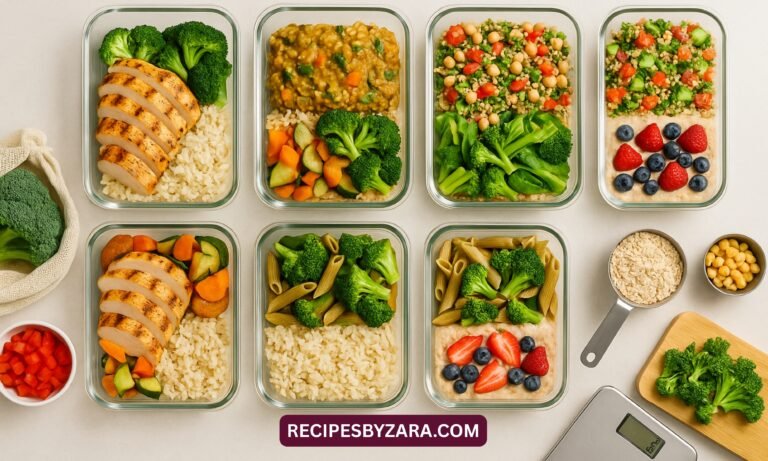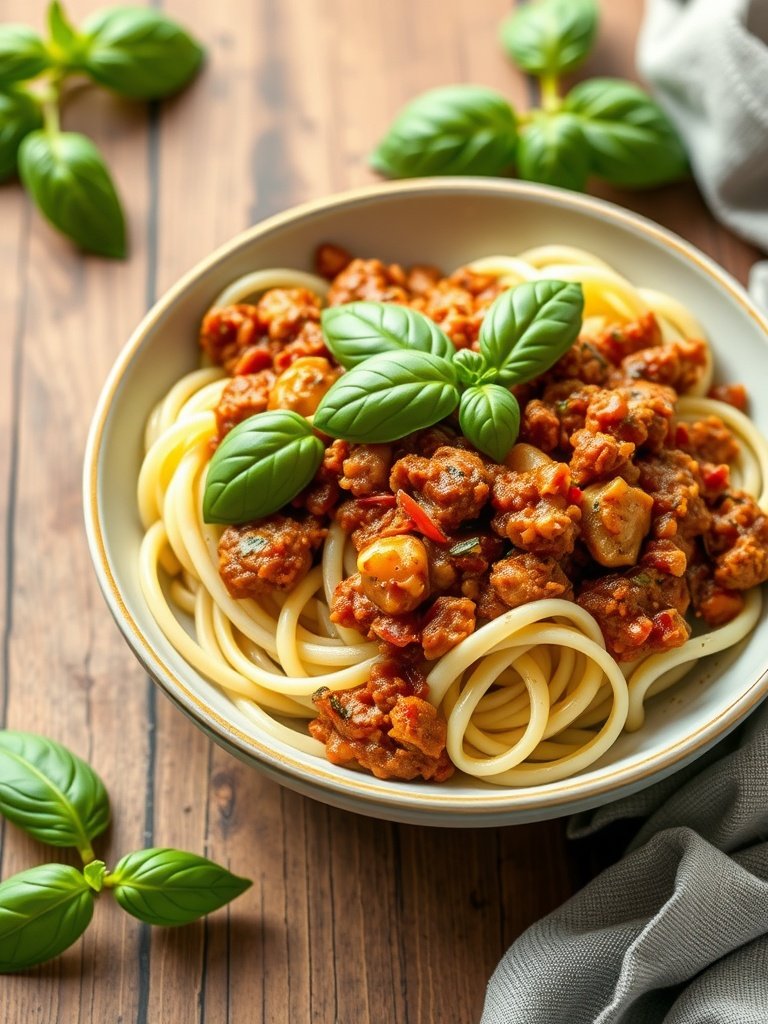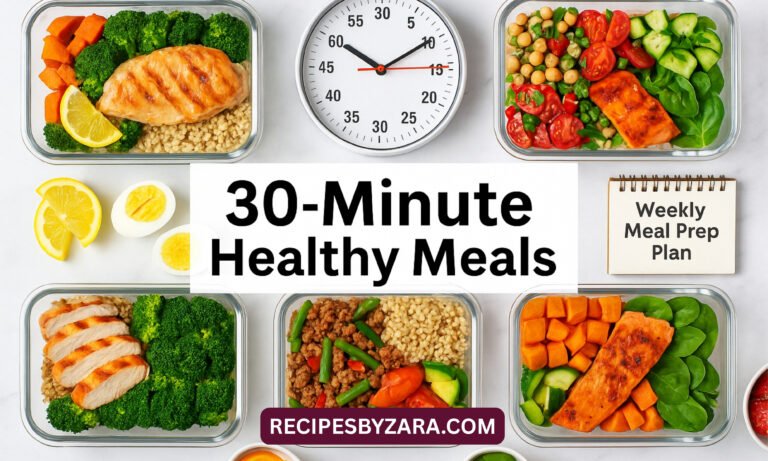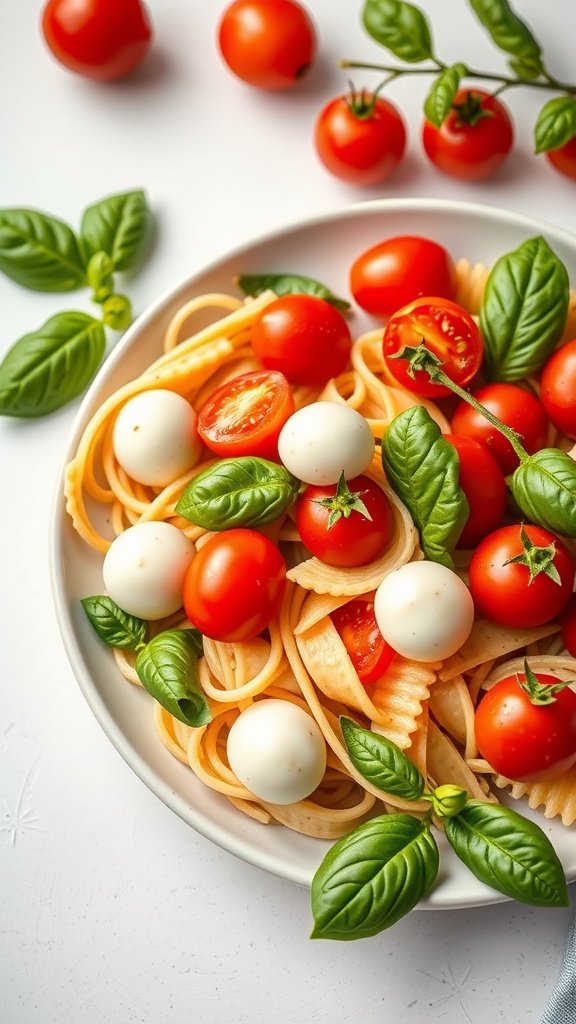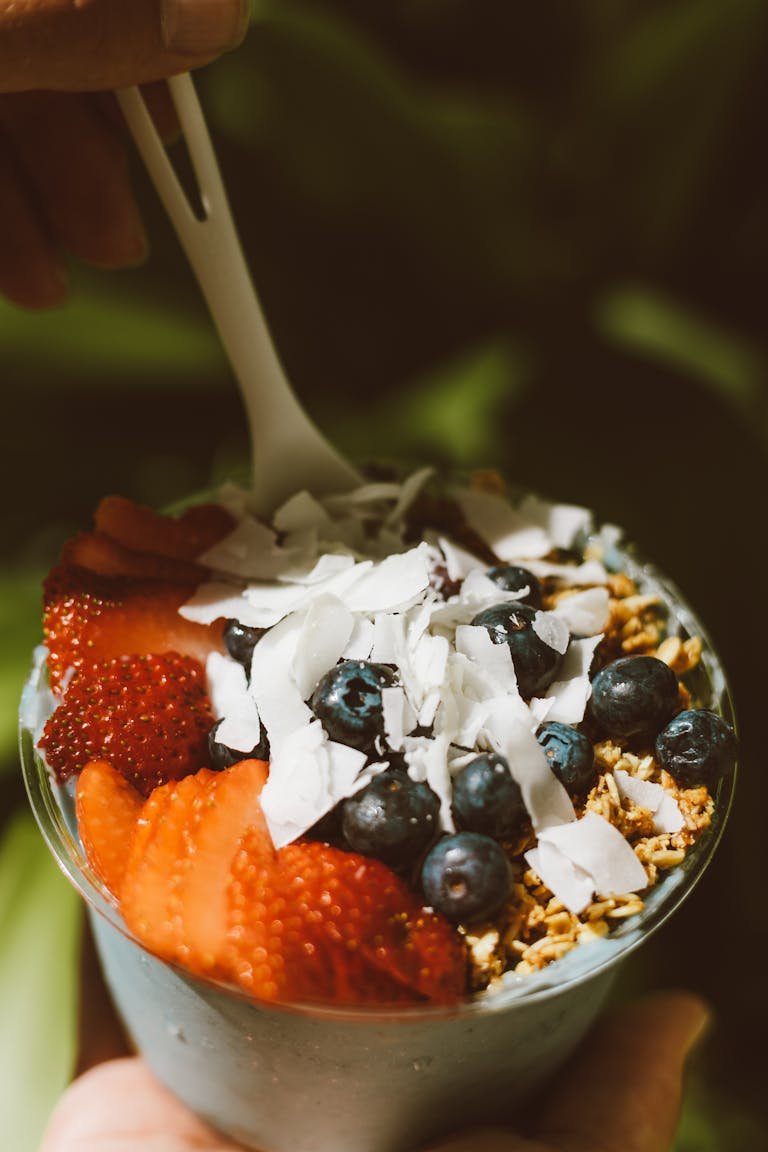Clean Eating Meal Prep Your Guide to Healthy Balanced Meals Made Simple
Master the art of clean eating meal prep with this practical guide. Learn how to plan, cook, and store healthy meals that support your wellness goals all week long.
Adopting a clean eating meal prep routine is one of the most efficient ways to improve your health and simplify your daily schedule. By preparing nutritious meals in advance, you reduce the temptation to grab processed or fast food options. Clean eating focuses on consuming whole, minimally processed foods, and when combined with meal prep, it becomes a powerful tool for wellness.
Many people find it challenging to eat healthy due to time constraints, lack of planning, or confusion about what clean eating really means. Meal prepping removes these barriers. With a little effort once or twice a week, you can stock your fridge with ready-to-go meals that align with your health goals.
Whether you’re pursuing weight loss, muscle gain, or simply trying to eat more mindfully, having prepped meals ensures you’re consistently fueling your body with the right nutrients. This practice also saves money, reduces food waste, and eliminates daily stress around cooking.
This guide will walk you through the essentials of clean eating meal prep from understanding what clean eating is to building shopping lists, prepping meals, and avoiding common mistakes. Let’s make eating healthy simple, sustainable, and delicious.
1. What Is Clean Eating and Why It Matters
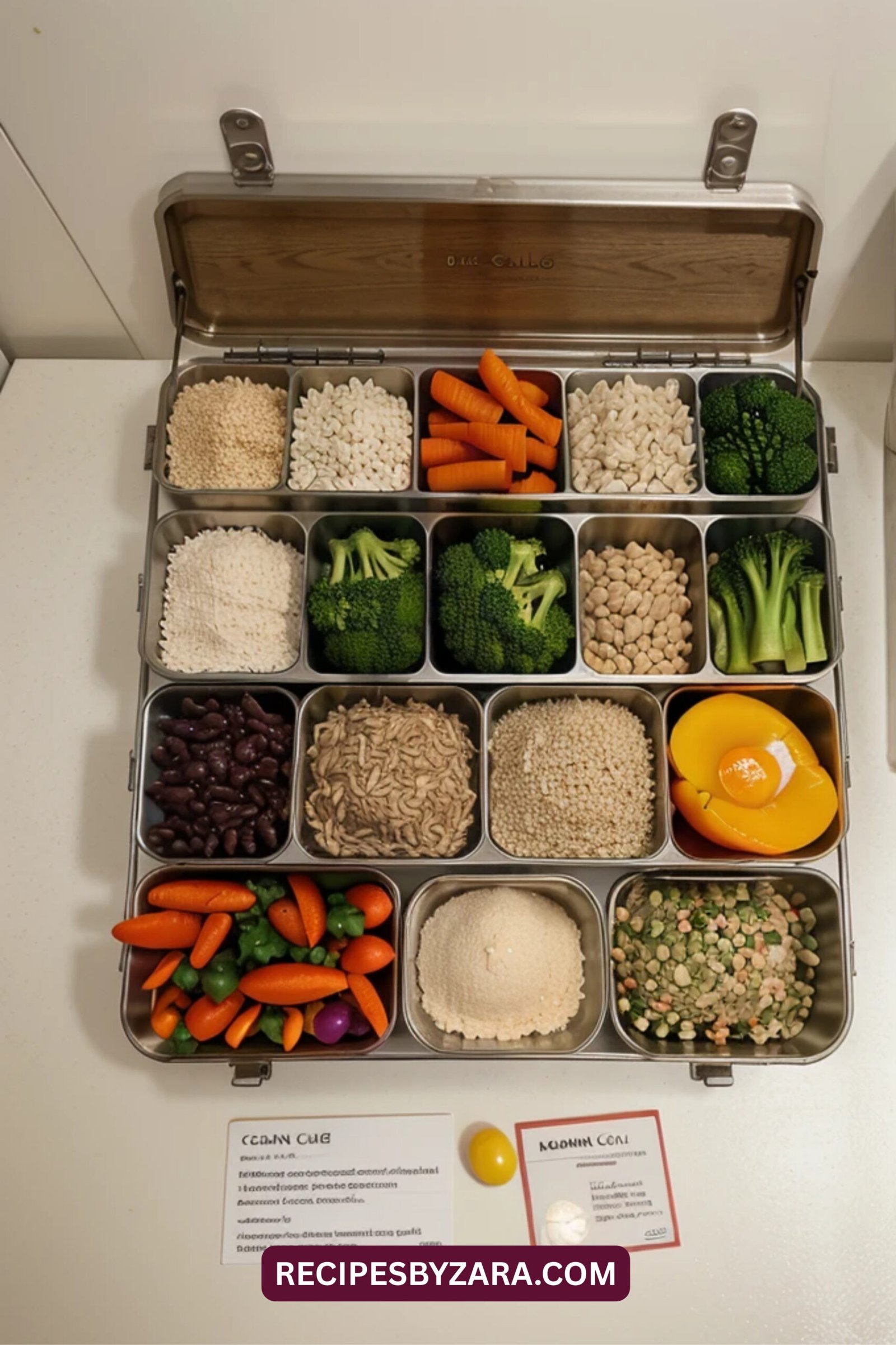
Clean eating emphasizes whole foods, fruits, vegetables, lean proteins, whole grains, and healthy fats while minimizing processed and refined items. This approach isn’t a diet but rather a lifestyle that promotes eating real, nourishing foods that support long-term health. The idea is to get nutrients from natural sources, not artificial additives or packaged meals.
The benefits of clean eating are vast. It can improve digestion, boost energy levels, support mental clarity, and even contribute to better skin health. When you fuel your body with clean ingredients, you create the foundation for sustained wellness. Pairing clean eating with smart meal prep can make healthy living more consistent and enjoyable.
Eating clean also helps you take control of your nutrition. When you prepare your meals using unprocessed ingredients, you know exactly what goes into your body. This awareness helps eliminate hidden sugars, preservatives, and chemicals that are common in store-bought and restaurant foods.
Clean eating is not about perfection but about making better choices. Even small changes like switching white rice for brown rice or choosing homemade over takeout can make a big difference. A structured clean eating meal prep plan can help you stay committed and develop lasting habits.
2. Benefits of Clean Eating Meal Prep
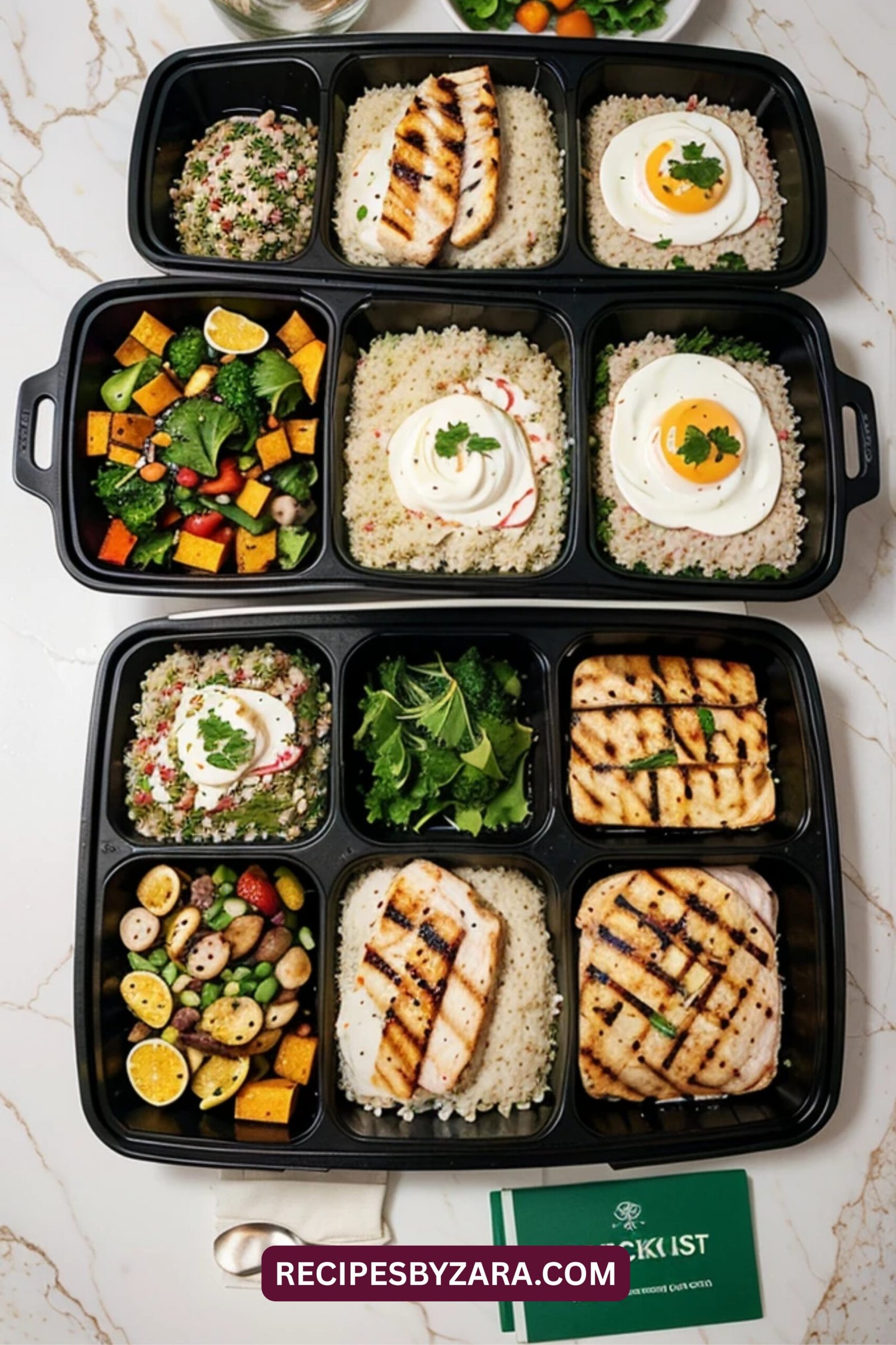
One of the top advantages of clean eating meal prep is the reduction in last-minute food decisions. When meals are ready to go, you’re less likely to reach for processed snacks or order takeout. This helps keep you on track with your health goals and ensures better portion control.
Meal prep also gives you total control over ingredients. You can customize every meal to fit dietary needs, preferences, or calorie targets. Whether you’re cutting back on sodium, avoiding dairy, or increasing protein, prepping your meals ahead makes it easier to eat with intention.
Time savings is another key benefit. By batch cooking once or twice a week, you free up hours of time that would otherwise be spent cooking or deciding what to eat. This makes healthy weekly meal plans sustainable, even with a busy lifestyle.
Lastly, meal prepping helps you stick to a budget. Buying ingredients in bulk and avoiding food waste saves money over time. Plus, you’re less likely to make impulse purchases when you’ve already planned out your meals. The financial benefits of clean eating are just as impactful as the physical ones.
3. Clean Eating Grocery List Staples
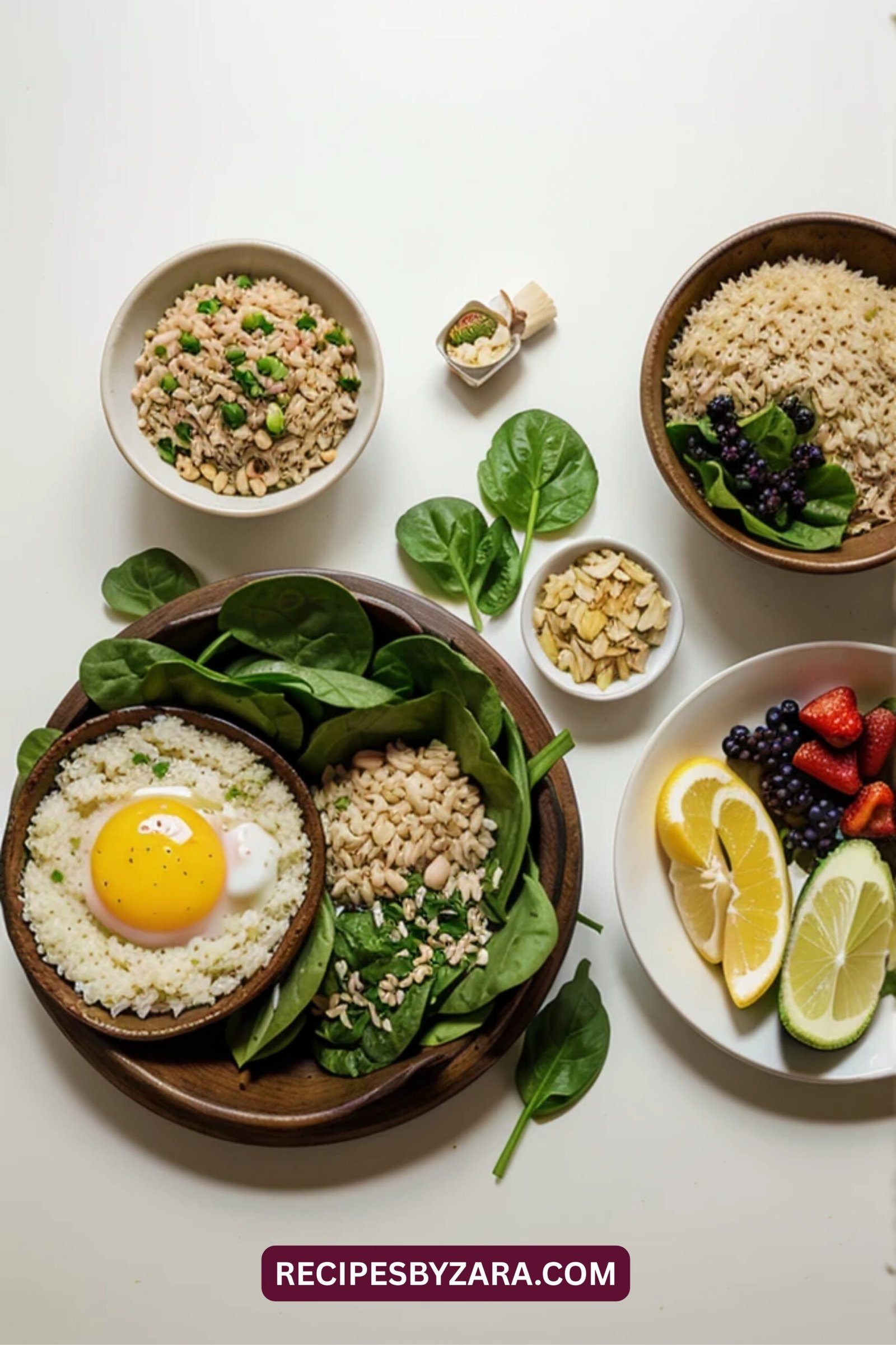
To make clean eating meal prep easy and effective, start with the right staples. Lean proteins such as chicken breast, ground turkey, salmon, tofu, and lentils should be the foundation of your meals. These provide essential amino acids without unnecessary fat or additives.
Carbohydrates are not the enemy when they come from whole food sources. Opt for complex carbs like brown rice, quinoa, sweet potatoes, and oats. These foods offer long-lasting energy and essential fiber, making them a perfect fit for your real food plan.
Healthy fats are also important. Include items like avocado, olive oil, nuts, and seeds in your grocery haul. These support brain health and hormone balance while making meals more satisfying. Don’t forget to stock up on fresh produce, especially leafy greens, cruciferous vegetables, and antioxidant-rich berries.
Lastly, keep a few clean condiments and spices on hand. Apple cider vinegar, mustard, lemon juice, garlic, and herbs like rosemary or basil can enhance the flavor of meals without adding unnecessary sugars or preservatives. This simple clean eating grocery guide can streamline your shopping and help you build better meals.
4. Easy Clean Eating Meal Prep Ideas for the Week
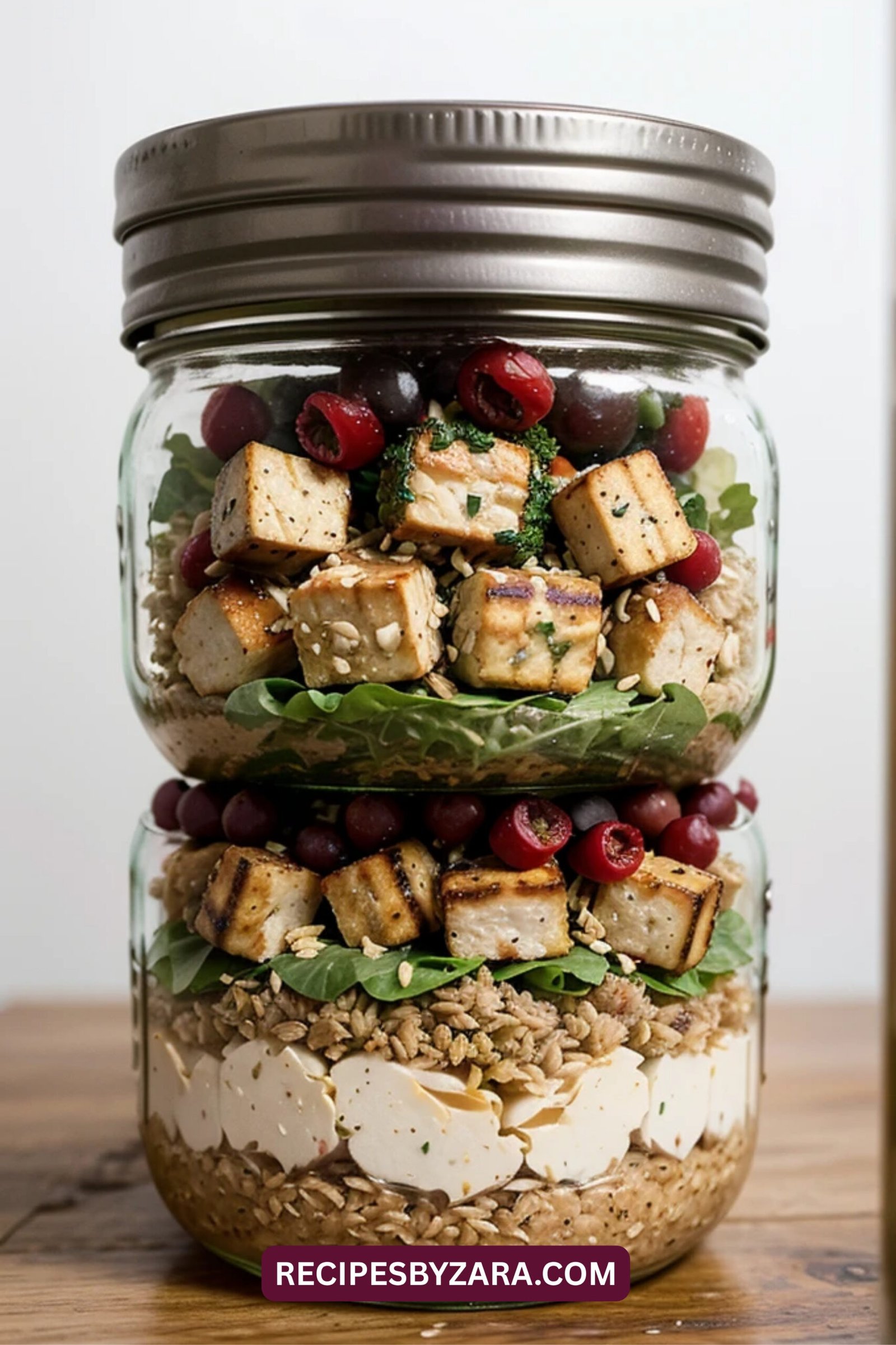
A great way to stick to your clean eating meal prep goals is to have a few go-to recipes you can rotate each week. Start with a protein-packed bowl of grilled chicken, roasted vegetables, and quinoa. This meal is filling, high in nutrients, and easy to prepare in large batches.
Another favorite is the mason jar salad. Layer ingredients like chopped spinach, shredded carrots, chickpeas, cherry tomatoes, and a vinaigrette dressing at the bottom. These salads stay fresh for several days and are perfect for grab-and-go lunches.
Overnight oats are a simple and nutritious breakfast option. Combine rolled oats, almond milk, chia seeds, and fresh fruit in a jar. Let it sit overnight and enjoy a ready-to-eat meal in the morning. This makes breakfast prep quick and aligns with your clean breakfast ideas.
For dinner, try stir-fried tofu with broccoli, bell peppers, and brown rice. Use coconut aminos or a low-sodium soy alternative for seasoning. This meal is packed with fiber, protein, and healthy fats, making it a cornerstone of any nutritious weekly prep plan.
5. How to Prep Clean Meals Efficiently
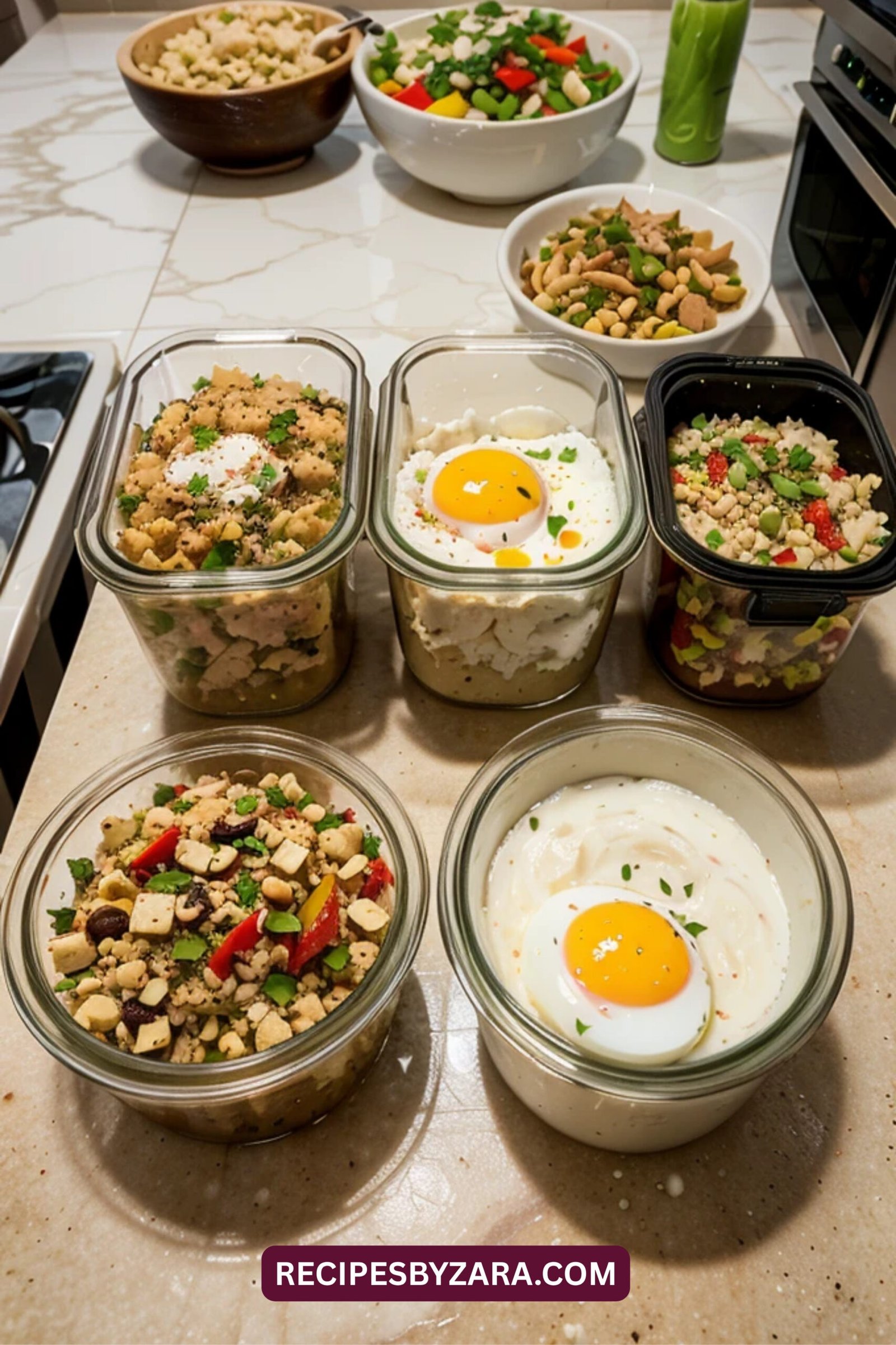
Start by selecting one or two prep days during the week. Many people choose Sunday and Wednesday, but any day that fits your routine will work. Set aside 1–2 hours to cook proteins, chop vegetables, and prepare grains. This helps streamline your healthy bulk cooking process.
Cook your proteins in batches. Grilled chicken, baked tofu, or roasted chickpeas can all be used in multiple meals. Store cooked items in clear, airtight containers for easy visibility and freshness. Consider using glass containers to avoid any chemical leaching from plastics.
Chop vegetables ahead of time and store them in water or with paper towels to preserve crispness. You can also pre-portion snacks like nuts, hummus, or fruit slices. This setup supports smart eating and makes your clean energy snacks more accessible throughout the week.
Label each container with the date and contents. This small habit prevents food waste and keeps your fridge organized. Efficient prepping transforms your week and turns clean eating meal prep into a habit that saves time, energy, and money.
6. Mistakes to Avoid When Prepping Clean Meals
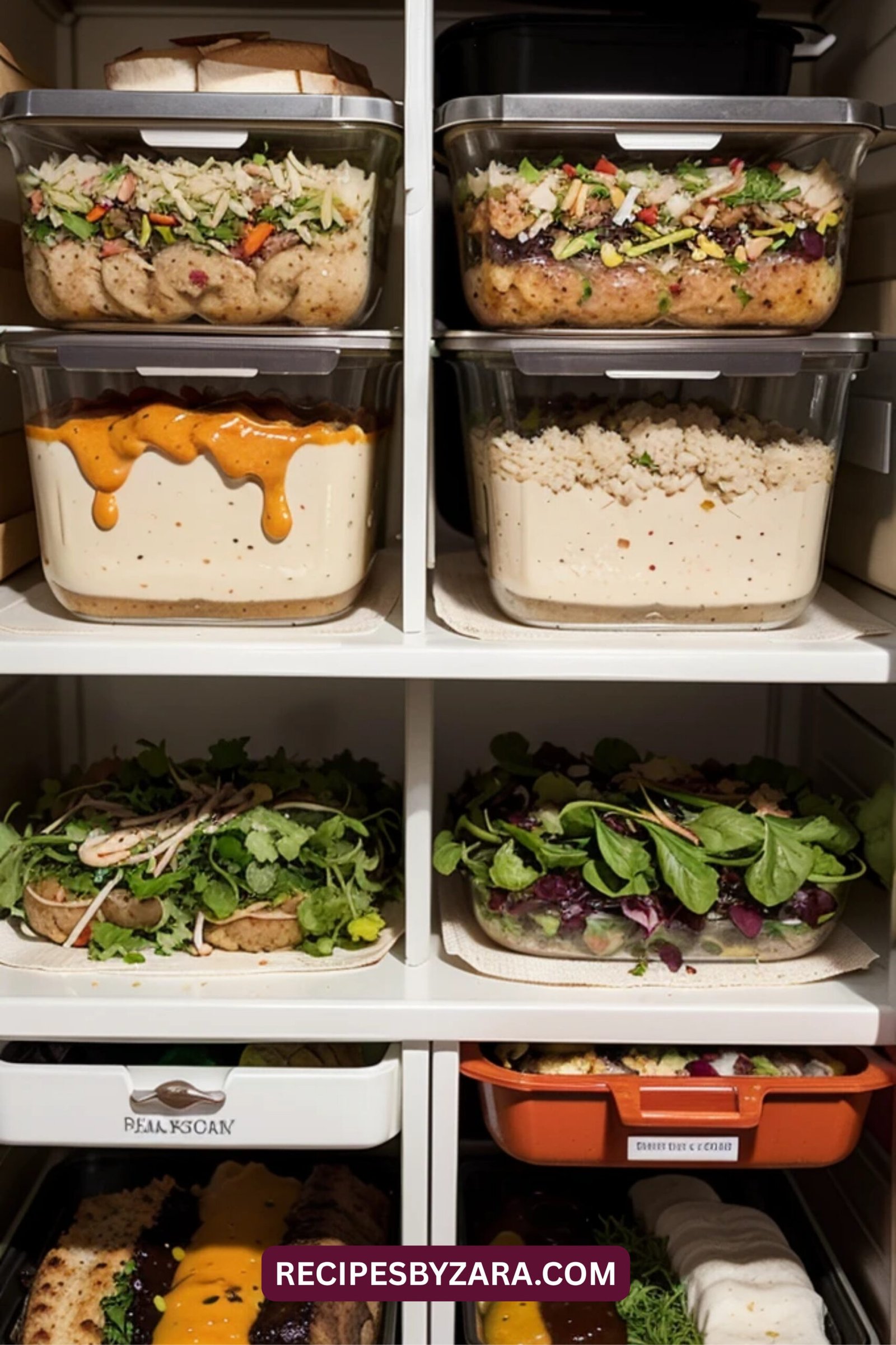
One common mistake is making recipes too complex. Stick to simple combinations with clean ingredients. You don’t need fancy superfoods or complicated instructions to succeed. Focus on meals that are realistic for your schedule and skill level.
Avoid store-bought sauces and dressings unless they are specifically labeled clean. Many contain hidden sugars, preservatives, or unhealthy oils. Instead, make your own using olive oil, vinegar, herbs, and citrus juice. Keeping your meals clean means watching out for sneaky ingredients.
Don’t overlook the importance of prepping breakfast and snacks. Many people focus on lunch and dinner but end up grabbing processed items in between. Include easy clean snacks and simple breakfast options to stay fueled throughout the day.
Another mistake is not storing food properly. Use BPA-free or glass containers and make sure to refrigerate or freeze meals promptly. Labeling and rotating meals helps avoid spoilage and ensures you’re always eating fresh. Smart storage keeps your clean eating lifestyle on track.
Conclusion
A consistent clean eating meal prep routine can transform your health, energy, and mindset. By investing a little time each week to plan and prepare your meals, you’re choosing long-term wellness over short-term convenience. It’s one of the best commitments you can make to yourself.
Start small if you’re new to meal prepping. Begin with prepping just two or three meals per week and gradually increase as you become more comfortable. The key is consistency, not perfection. Clean eating is about making better choices, not being restrictive.
This approach not only saves you time but also simplifies your daily life. With healthy meals always ready to go, you avoid the stress of last-minute cooking and the temptation of unhealthy takeout. Meal prep becomes your anchor for success.
Remember, eating clean doesn’t mean giving up your favorite foods it means upgrading them with better ingredients and smarter planning. Stick with it, and your clean eating meal prep system will support every goal you set for your body and life.
FAQs
Q1: What is the easiest way to start clean eating meal prep?
Start by choosing 2–3 simple recipes with minimal ingredients. Cook a batch of protein, grains, and vegetables, and store them in individual containers. Use your current schedule to pick a realistic prep day.
Q2: Can I lose weight with clean eating meal prep?
Yes, clean eating supports weight loss by focusing on whole foods and eliminating processed items. Meal prep helps control portions and avoids high-calorie convenience foods, making weight loss more sustainable.
Q3: How long do clean meals last in the fridge?
Most clean meals last 3–5 days when stored properly in airtight containers. For longer storage, freeze some portions and thaw them when needed. Labeling and organizing helps manage freshness.
Q4: Are there clean eating options for vegetarians or vegans?
Absolutely. Clean eating includes plant-based proteins like lentils, beans, quinoa, tofu, and tempeh. Combine these with vegetables, whole grains, and healthy fats to create balanced vegan meals.
Q5: Can I freeze clean eating meals for later?
Yes. Many clean meals freeze well, especially soups, stews, grains, and cooked proteins. Portion meals, label them with the date, and freeze for up to three months for best quality.
Q6: How do I stick to clean eating when I’m busy or traveling?
Pack portable clean snacks like fruit, nuts, or protein bars. Prepare meals in advance and take them with you. When dining out, opt for grilled proteins, vegetables, and simple sides. Planning ahead is key.
